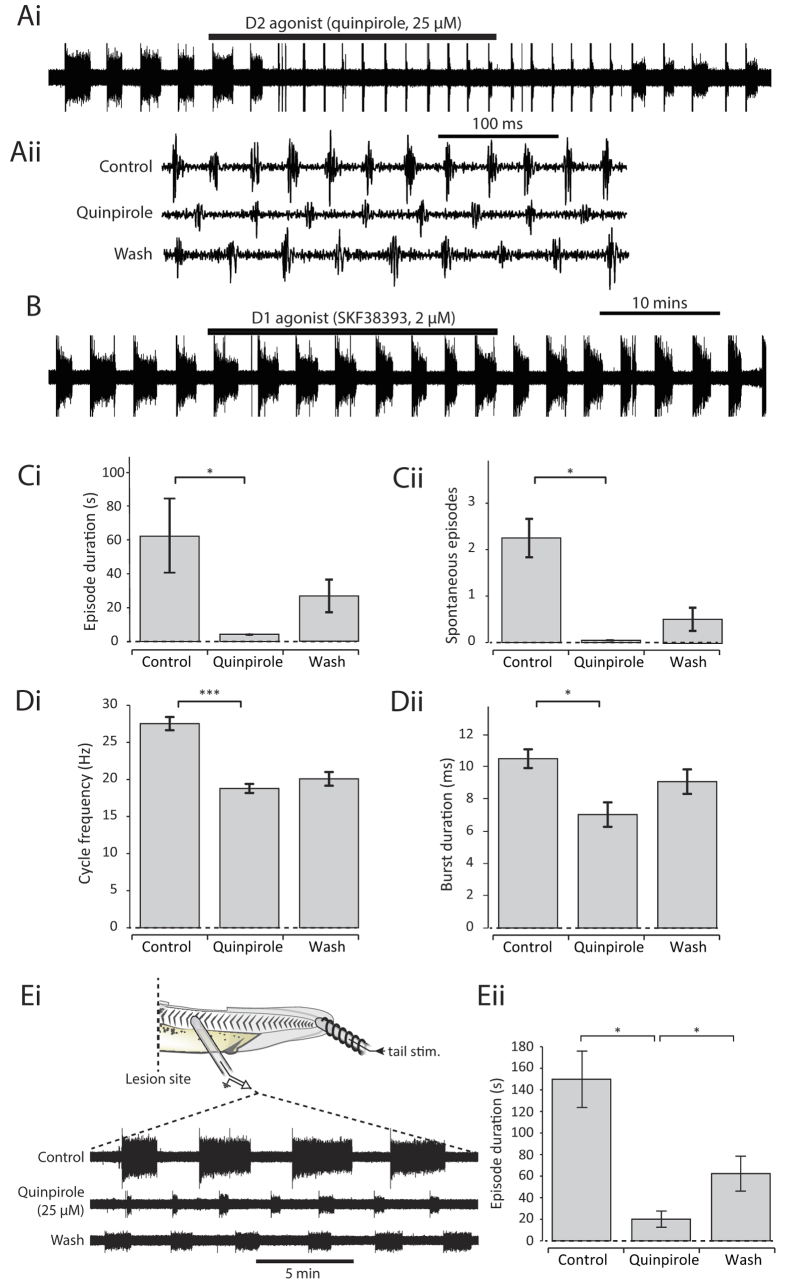Figure 2. The inhibitory effects of dopamine on the swim network are mediated via spinal D2-like receptors.
(Ai) Raw trace showing the effect of the D2-like agonist quinpirole (25 μM) on fictive swimming. (Aii) Raw trace showing a 500 ms excerpt of activity in control, in the presence of quinpirole, and after washout. (B) Raw trace showing the lack of effects of the D1-like agonist SKF38393 (2 μM). (C) Quinpirole (25 μM) significantly reduced episode duration (i: p < 0.05, n = 9) and the number of spontaneous episodes of swimming (ii: p < 0.05, n = 4). (D) Quinpirole (25 μM) also significantly reduced swim frequency (i: p < 0.001, n = 9) and burst durations (ii; p < 0.05, n = 6). (E) Quinpirole (25 μM) still had an inhibitory effect in tadpoles that had been spinalised at the level of the 2nd post-otic intermyotomal cleft, suggesting that inhibitory D2-like receptors are present in the spinal cord.

